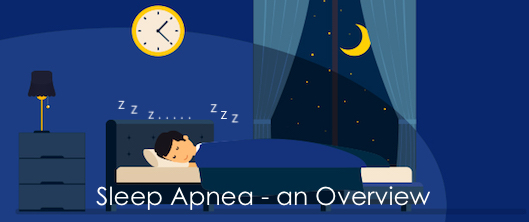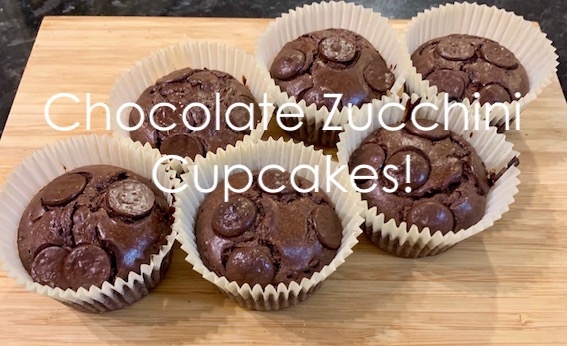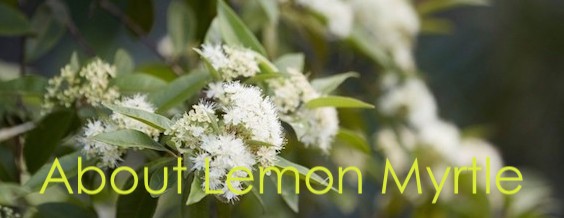Today’s post is about Sleep Apnea, a common sleep disorder that affects thousands of individuals. This is a condition that most people know of; however possibly don’t know much about.
I have done some research and this is an overview of what I discovered.
It is a sleep disorder, which is estimated to affect about five per cent of Australians. Statistics show that it’s mostly men that suffer with this condition, with around one in four over the age of 30 affected.
What is Sleep Apnea?
Sleep Apnea is categorised by intermittent episodes of pauses in breathing while asleep.
This occurs when the walls of the throat come together while sleeping, blocking off the upper airway. Breathing stops for a period of time (anywhere between a few seconds and 90 seconds) until the brain registers the lack of breathing, or a drop in oxygen levels. It then sends a small wake-up call, causing the body to wake slightly, open the upper airway, with a possible snort and gasp, and then drift back to sleep almost immediately.
These episodes can happen many times a night. The sufferer is often unaware of it happening, but will wake feeling tired. Sleep apnoea ranges from mild to severe. In severe cases, sleep can be interrupted hundreds of times each night, causing fragmented sleep.
Continued fragmented sleep can then cause excessive daytime sleepiness, poor daytime concentration and work performance, and fatigue.
Are there different types?
There are actually 3 main types of sleep apnea.
The most common type is obstructive sleep apnea, sometimes referred to as OSA. With OSA, the throat muscles in the back of the throat collapse too much during sleep to allow for normal breathing. This blockage commonly causes snoring.
Central sleep apnea (CSA) is less common than obstructive sleep apnea. It can also be trickier to diagnose and treat. During sleep, breathing is disrupted regularly because of how the brain functions. The brain is not sending the proper messages to the muscles that control breathing
CSA is typically associated with severe illness, particularly an illness where the lower brain stem is affected. With newborns, CSA produces up to 20-second pauses in breathing.
Doctors have more recently identified a third type of this sleep disorder called complex sleep apnea syndrome, which is a combination of obstructive sleep apnea and central sleep apnea.
In patients with complex sleep apnea syndrome, breathing problems persist even after the airway obstruction is addressed and treated. This means something besides the collapsing throat muscles are also contributing to the apnea.
The problem is that there is still a lot of debate among sleep medicine specialists about what exactly is going on in complex sleep apnea, or what the key characteristics that define it are.
Common causes
Obesity is one of the most common causes of sleep apnea, however there are some other contributing factors. These include:
- alcohol, especially in the evening – this relaxes the throat muscles and hampers the brain’s reaction to sleep disordered breathing
- some medications, such as sleeping tablets and sedatives
- nasal congestion and obstruction
- certain illnesses, such as reduced thyroid production or the presence of a very large goitre
- large tonsils, especially in children
How is it treated?
For people with mild sleep apnea all that may be needed are some lifestyle changes.
These may include losing weight (if overweight) side sleeping (utilising devices like special pillows and rubber wedges) and decreasing the amount of alcohol drunk during the evening.
With a mild to moderate condition, another possible treatment is the use of a specially made mouthguard or splint that can be provided by a dentist. The mouth-guards work by holding the jaw forward during sleep
For those who suffer with moderate to severe sleep apnea, more active treatment may be required.
In addition to lifestyle changes, this may include a mask with a continuous positive airway pressure (CPAP) pump. The pump feeds pressurised air into a face mask to hold the throat open during sleep.
Any contributing medical conditions, such as low production of thyroid hormone or large tonsils, would also need to be corrected.
For sufferers of severe sleep apnea, a doctor may recommend surgery.
If you think you may have this sleep disorder, see your chosen health professional.
We hope you found this information interesting.
Till the next post,
Live clean n prosper
Sources – (Sleep Health Foundation – Health Direct – US National Library of Medicine, National Library of Health )



